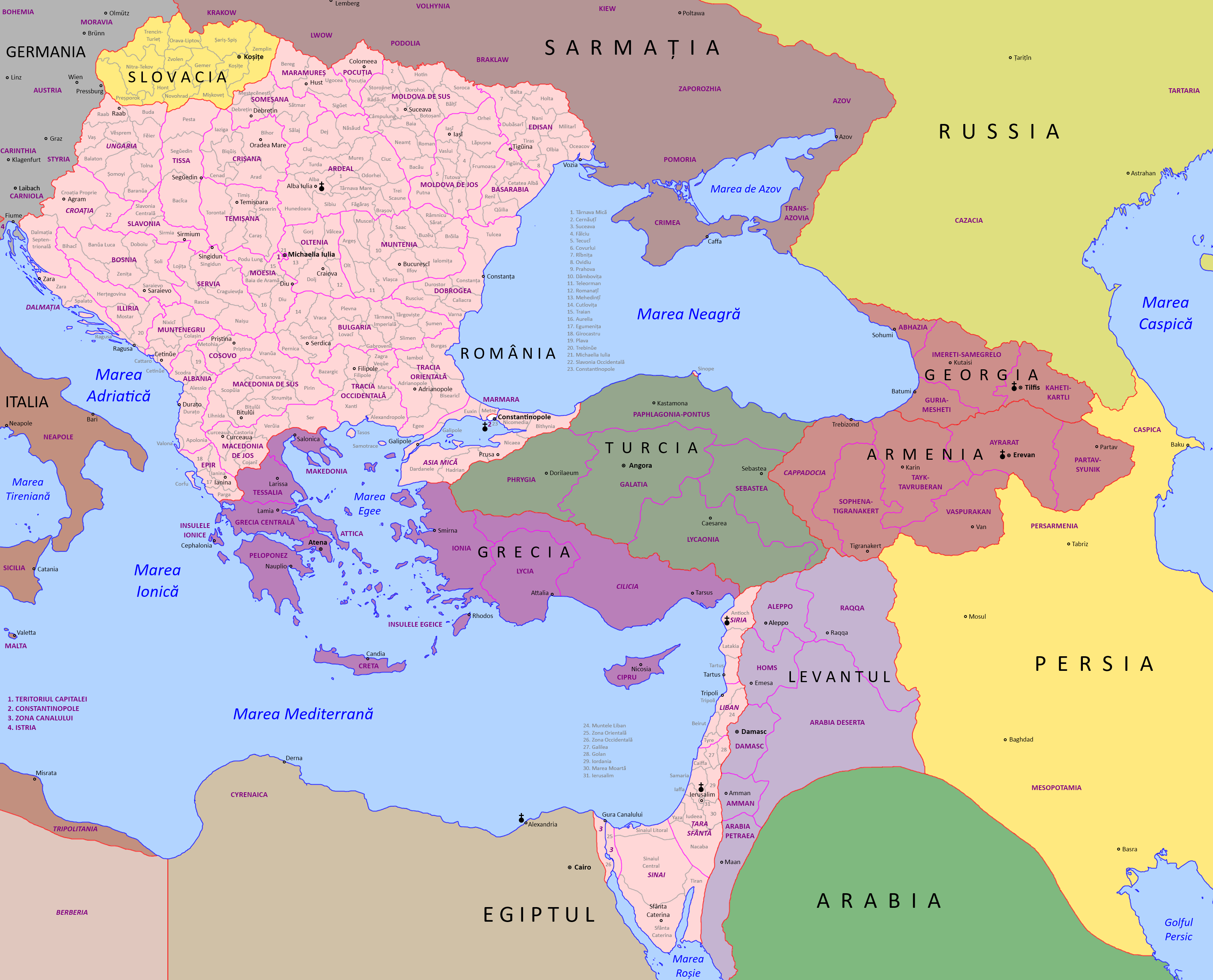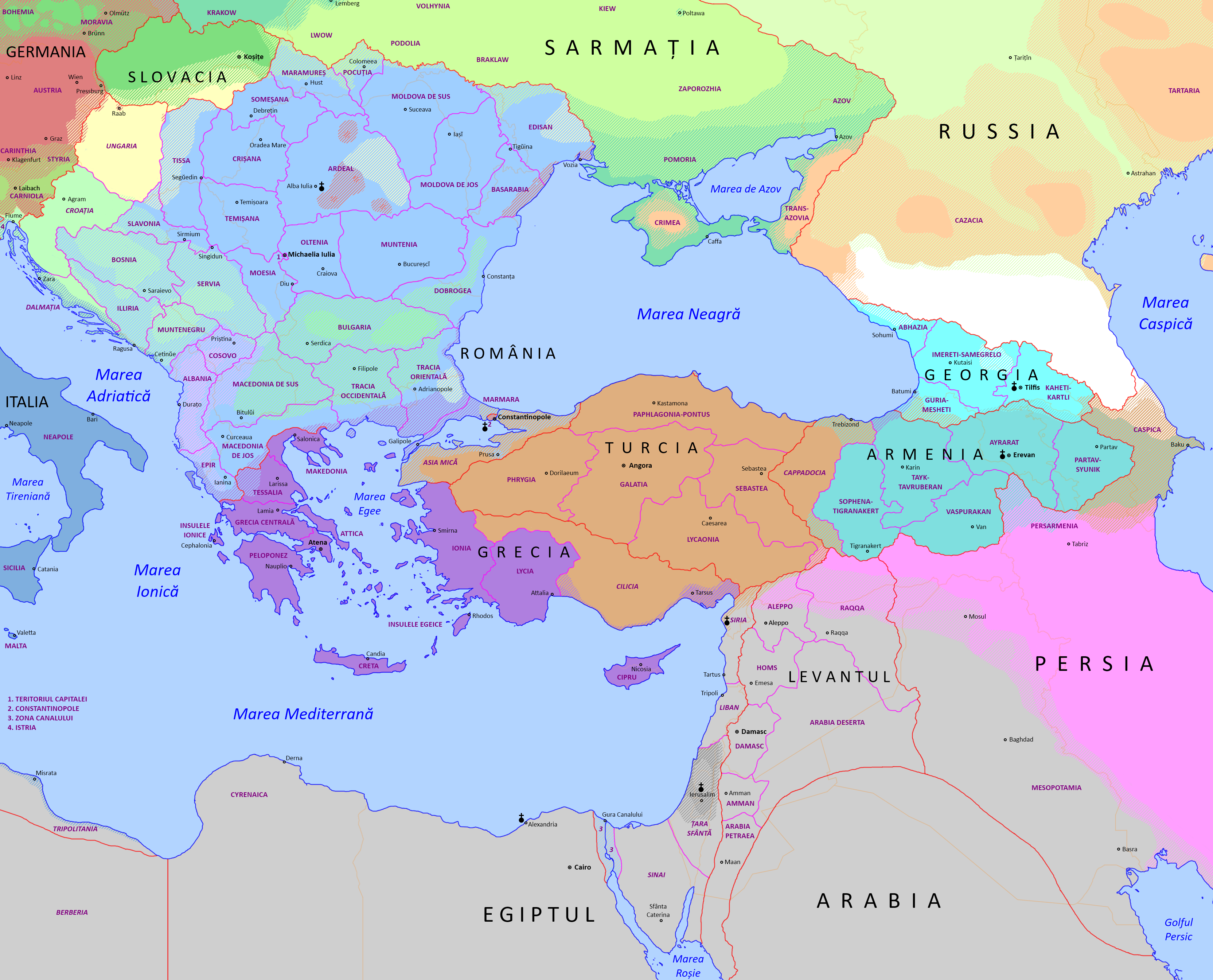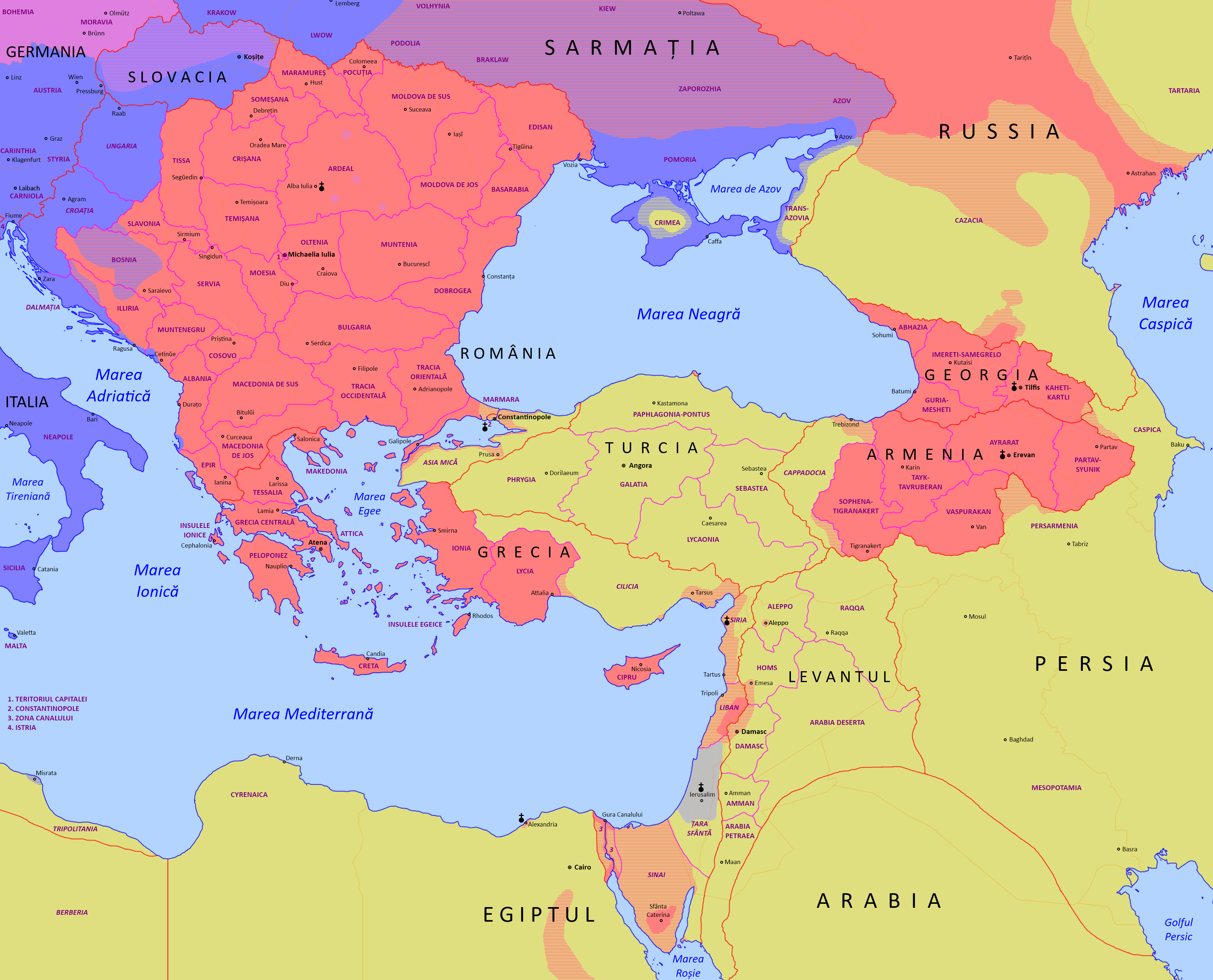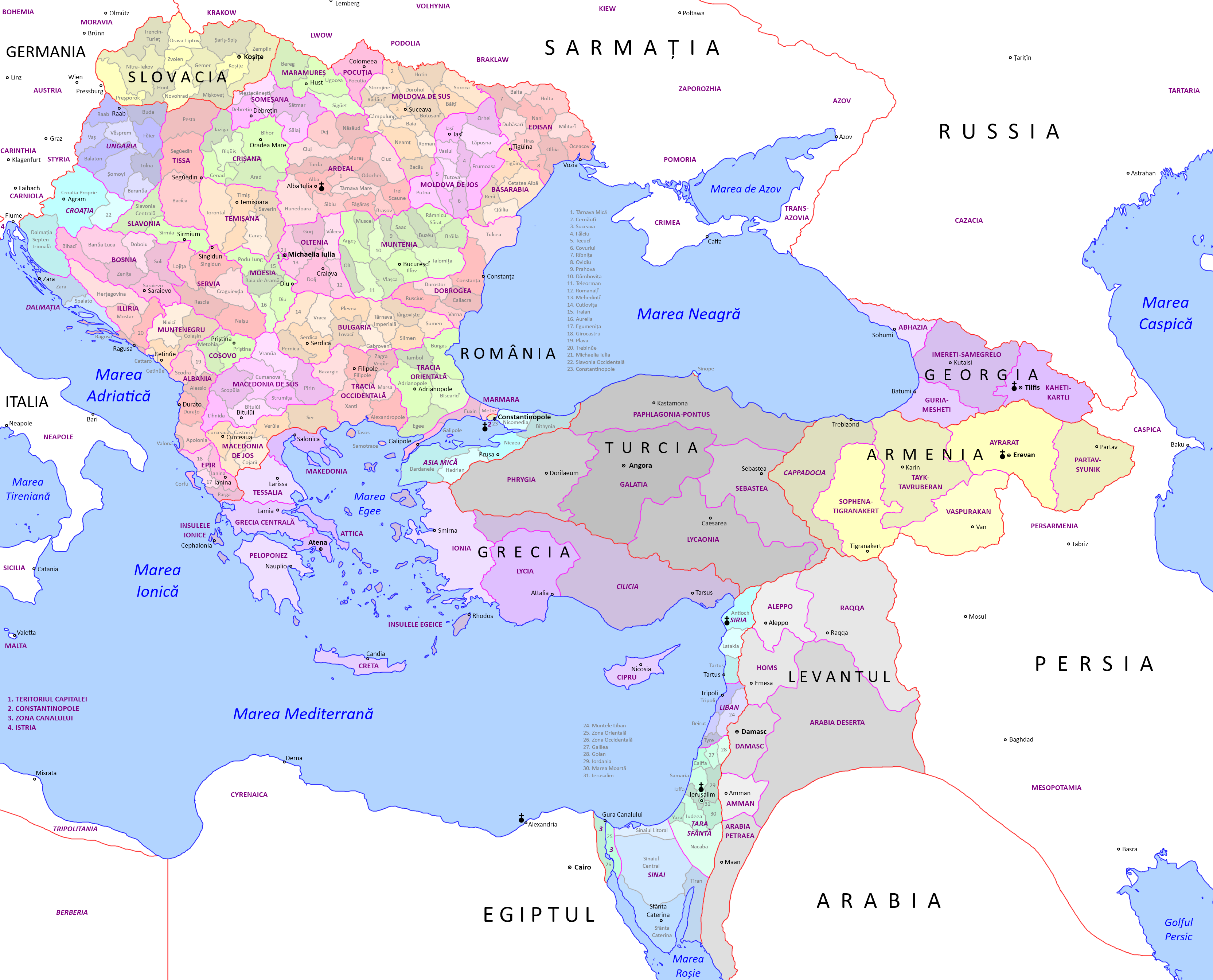Zagan
Donor
Never heard of either of these. I'll google them.I can't put my finger on it, but something about Iulia reminds me of Ace Attorney's Maya Fey.
Never heard of either of these. I'll google them.I can't put my finger on it, but something about Iulia reminds me of Ace Attorney's Maya Fey.
I: "And how many of these parallel worlds are there?"
M: "There are more than an Infinity of them!"
I: "What does that even mean? There is nothing bigger than Infinity!"
M: "How many points are there on a line?"
I: "An Infinity, of course."
M: "And aren't there more points in a plane than in a line?"
I: "You got me! Now, please, tell me about this other world!"
That is correct. I have studied advanced mathematics as well.Just a minor technicality: in our modern understanding of mathematics, there is no such thing as "more than an infinity"; rather, there are many different infinities, some of which are larger than others. Also, the number of points on a line is exactly the same as the number of points on a plane! (in technical terms, the cardinality of ℝ is equal to the cardinality of ℂ). i.e. they are both the same infinity. Larger infinities only come into play when we consider other concepts such as comparing the number of rational numbers to the number of real numbers.
Having said that, one can't expect 17th-century people in heaven to have an intricate understanding of modern mathematics, so I don't think this needs correcting at all!
The END of Part One.
28 May 1653, Constantinople, Earth
A Christian mob numbering more than three thousand very well armed and organized men marched on the Topkapı Palace beginning a very tense stand-off with the admirably restrained Ottoman defenders.
29 May 1653, Constantinople, Earth
After a civil war inside Constantinople had been narrowly averted the previous day, the Romanian Army marched unopposed into the City and placed it under direct military rule.
Murat, the last Ottoman Sultan, abdicated and received a nice castle with a good manor in Maramureș, together with a decent pension, courtesy of the Romanian State.
The Principality of the Bosphorus was abolished and all its area was directly annexed to the Empire of the Orient, under the dual Protection of both Romania and Greece.
Two centuries after the greatest blow ever suffered by the Christendom, all of Europe was under Christian rule, for the first time in its history!
Internal Structure of the Realms
[SNIP]
After 1653
- Internal reorganization - please wait for Part Two
A young girl who's talented and extremely eccentric.Never heard of either of these. I'll google them.
I got it already from the Internet. Thanks anyway.A young girl who's talented and extremely eccentric.
1. I love this timeline.
2. I'm particularly keen to see more of the Kingdom of Israel and how that ends up forming.
3. I wonder how the Americas will develop with an earlier development of nationalism.




Thanks... (blushing). I had only asked, not requested, but thanks, it's nice.as requested by @Amber
Thanks... (blushing). I had only asked, not requested, but thanks, it's nice.
I hope I'm not very rude, but when will we have the second part to read?
Amber
You will have the chance to see TTL's developement...Well, I'd like to see how this develops.
The only thing I didn't like about the TL so far is the rank persecution of ethnic minorities (maybe it's because I like some ethnic minorities like the Occitano-Catalans) and also the OTL-ish fate of the Huguenots (to me, Protestant France and Protestant Bohemia always complement each other).